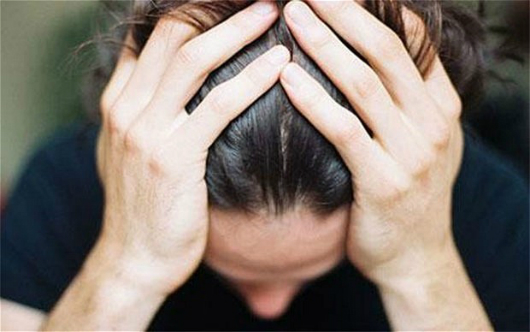Better Mental Health Services Needed for Developing World

While huge strides in improving global health have been made in the last few decades, access to treatment for mental health services remains an elusive goal in the developing world.
Oft-cited statistics for global health progress include a halving of undernourishment in the last 20 years, a halving of child mortality in the past 50 years and global eradication of smallpox. These victories should be celebrated as an affirmation that public health interventions in the developing world work.
Epidemics and hunger tend to be the focus of aid and development goals. And they should be, as these issues continue to disproportionately impact millions of people in poverty-stricken countries. However, almost 1 in 10 people across the world suffer from some kind of mental health disorder, while only one percent of global health workers are mental health specialists.
The difference in access to mental services between poor and rich countries is striking: according to the World Health Organization’s Mental Health Atlas 2014, rich countries enjoy about 52.3 mental health workers per 100,000 people. In poor countries, there is an average of less than one mental health worker per 100,000 people.
The director of the WHO’s department of mental health and substance abuse, Dr. Shekhar Saxena, has described this lack of mental health workers as “one of the most significant barriers against the provision of care for the majority of people.”
This inequality in access to care applies not only to the availability of mental health workers but to spending. About $58 are spent per person on mental health services in wealthy countries, and only about $1 per person in low-income countries.
Saxena points out that what little services are available may be overburdened by humanitarian crises, which tend to place a great deal of stress on local populations. The extended conflict in Syria, Typhoon Haiyan in the Philippines and instability in Iraq are all examples of crises that may increase the incidence of mental health issues for countries that are already ill-equipped to treat them.
As if these limitations to access weren’t enough, those with mental health disorders may face a stigma that Saxena says has kept mental health from being a high priority in global health policy. Fearing discrimination or judgment, those with disorders may forgo seeking treatment altogether.
Fortunately, global health goals might be shifting focus to include mental health standards. The most prominent example of this is the WHO’s comprehensive mental health action plan 2013-2020, which is designed to apply all the reforms and improvements in other global health metrics to mental health. The plan is supported broadly by 135 states, as well as many other institutions and NGOs, and contains very concrete objectives such as a 20 percent increase in service coverage by 2020.
Furthermore, in contrast to the now-expiring Millennium Development Goals, the Sustainable Development Goals (SDGs) include a specific provision to promote mental health. Hopefully, the WHO action plan, as well as the SDGs that are set to go into effect early next year, will make mental health an important part of the larger global health agenda among international policy-makers.
– Derek Marion
Sources: WHO 1, The Guardian, WHO 2, USAID
Photo: Telegraph
